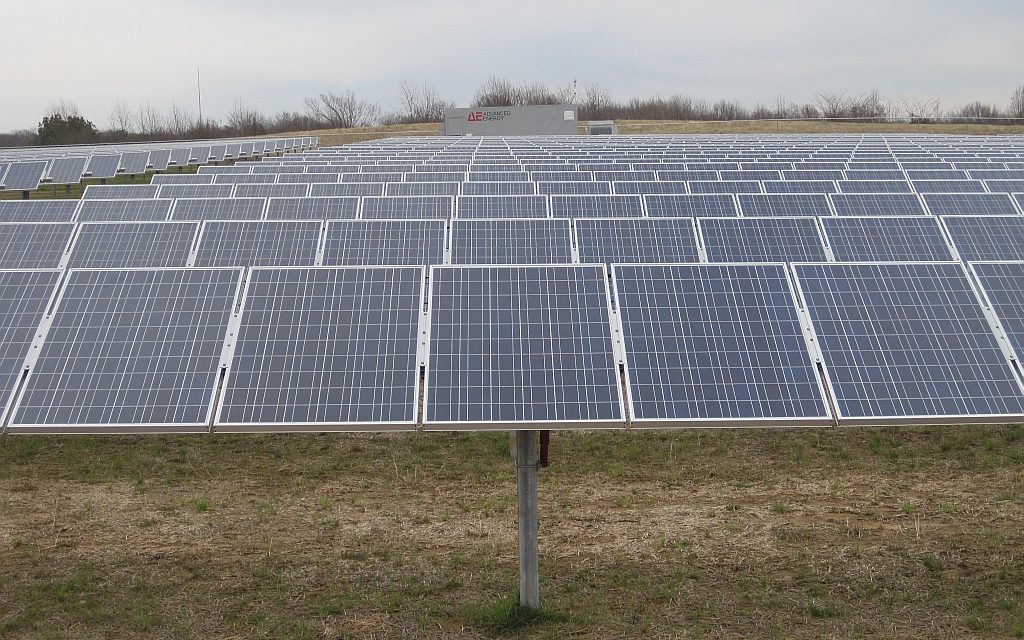With numbers of planning applications for large solar farms increasing in Oxfordshire’s rural locations, Julia Benning, communications manager for CPRE in the county, argues that solar energy need not be at the expense of the countryside.
Renewable energy is an essential tool in tackling the climate emergency. However, CPRE Oxfordshire is calling for a properly thought-out strategy for the location of renewable energy, as more of Oxfordshire’s farmland is targeted by solar companies.
With applications increasing dramatically, the countryside charity has published a map showing existing solar installations in the county and those currently under consideration.
CPRE Oxfordshire acknowledges that climate change, energy security and fuel prices all mean that increasing renewable energy is vital. But we also need our countryside for food, wildlife and people’s health and well-being.
Solar panels should be on commercial roofs, new housing developments and brownfield sites, not green fields. We are calling for a county wide strategy so that we get what is needed in the right locations and, if necessary, these should be supported by investment incentives.
Applications for new solar farms tend to be clustered around power lines and CPRE Oxfordshire is also worried about the cumulative impact in particular areas.
For example, two major solar installations have already been approved near Tetsworth in South Oxfordshire and a third is now under consideration.
The latest application to come forward is near Burcot, South Oxfordshire – a 57-hectare site in the Oxford Green Belt, just a short distance from the controversial 123-hectare site at Nuneham Courtenay that was recently granted permission. Such clusters are in danger of swamping rural villages.
The national picture
Nationally, CPRE supports the Climate Change Committee’s ambition for 54GW of solar photovoltaics in the UK by 2035. CPRE believes this can be achieved without harmful impacts on the countryside, and will vigorously campaign for robust, positive planning policies to make that possible, and against applications that fall short of our expectations.
There are around 250,000 hectares of commercial, south-facing roof space in the UK. Fully utilising that space for solar panels could generate enough electricity to power every home in the UK, or, put another way, 36 per cent of the total electricity demand for all of the UK’s needs.
Image: Thomas R Machnitzki (thomasmachnitzki.com), CC BY 3.0 <https://creativecommons.org/licenses/by/3.0>, via Wikimedia Commons
© Thames Tap (powered by ukpropertyforums.com).
Sign up to receive your free weekly Thames Tap journal here.











